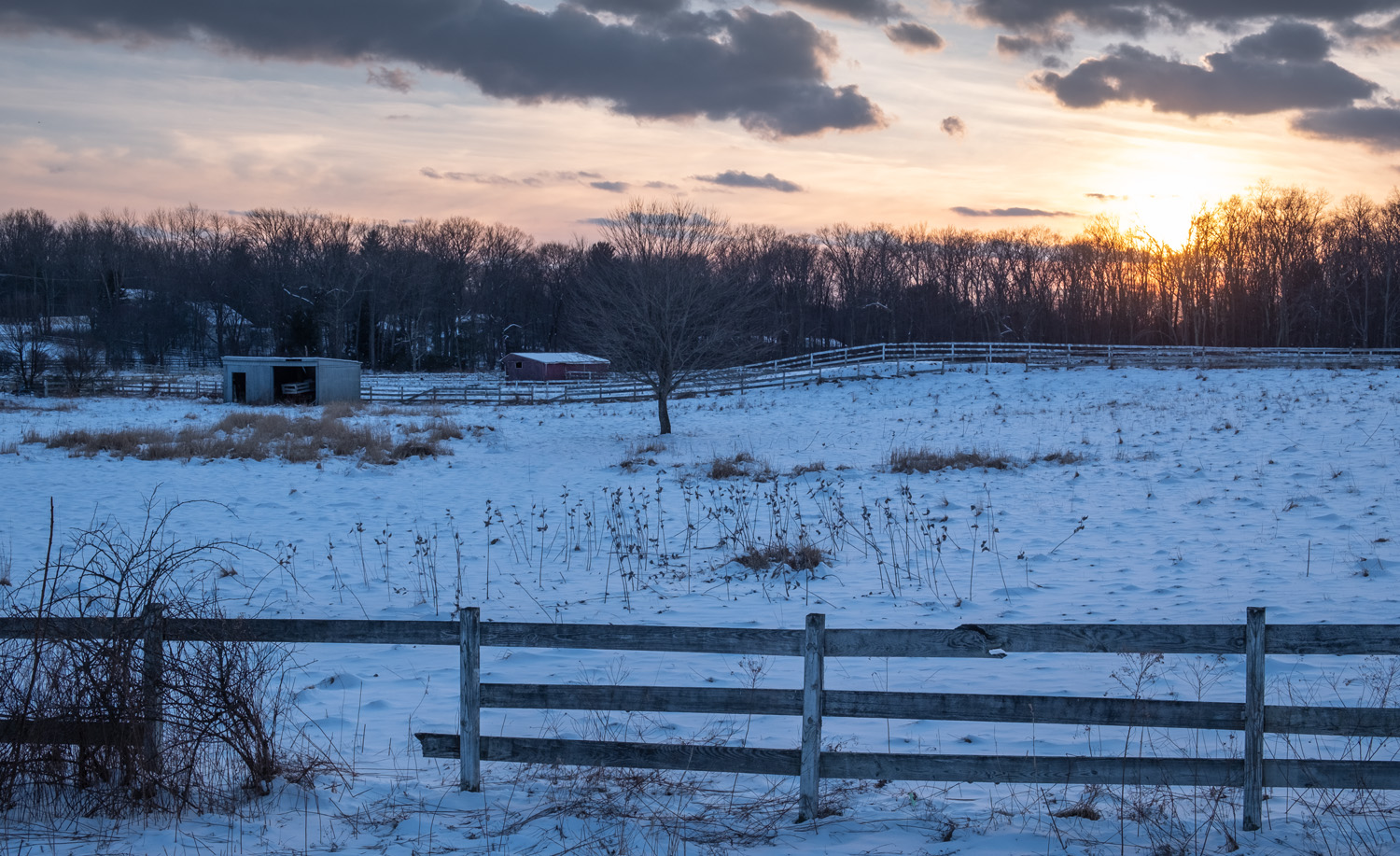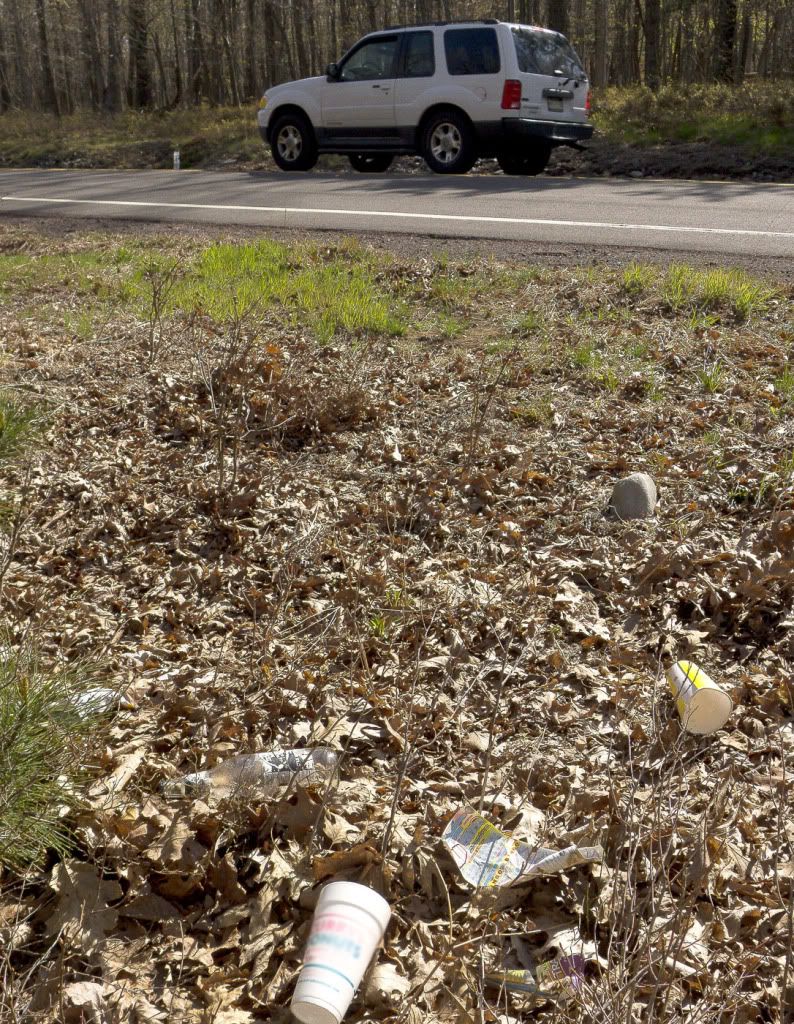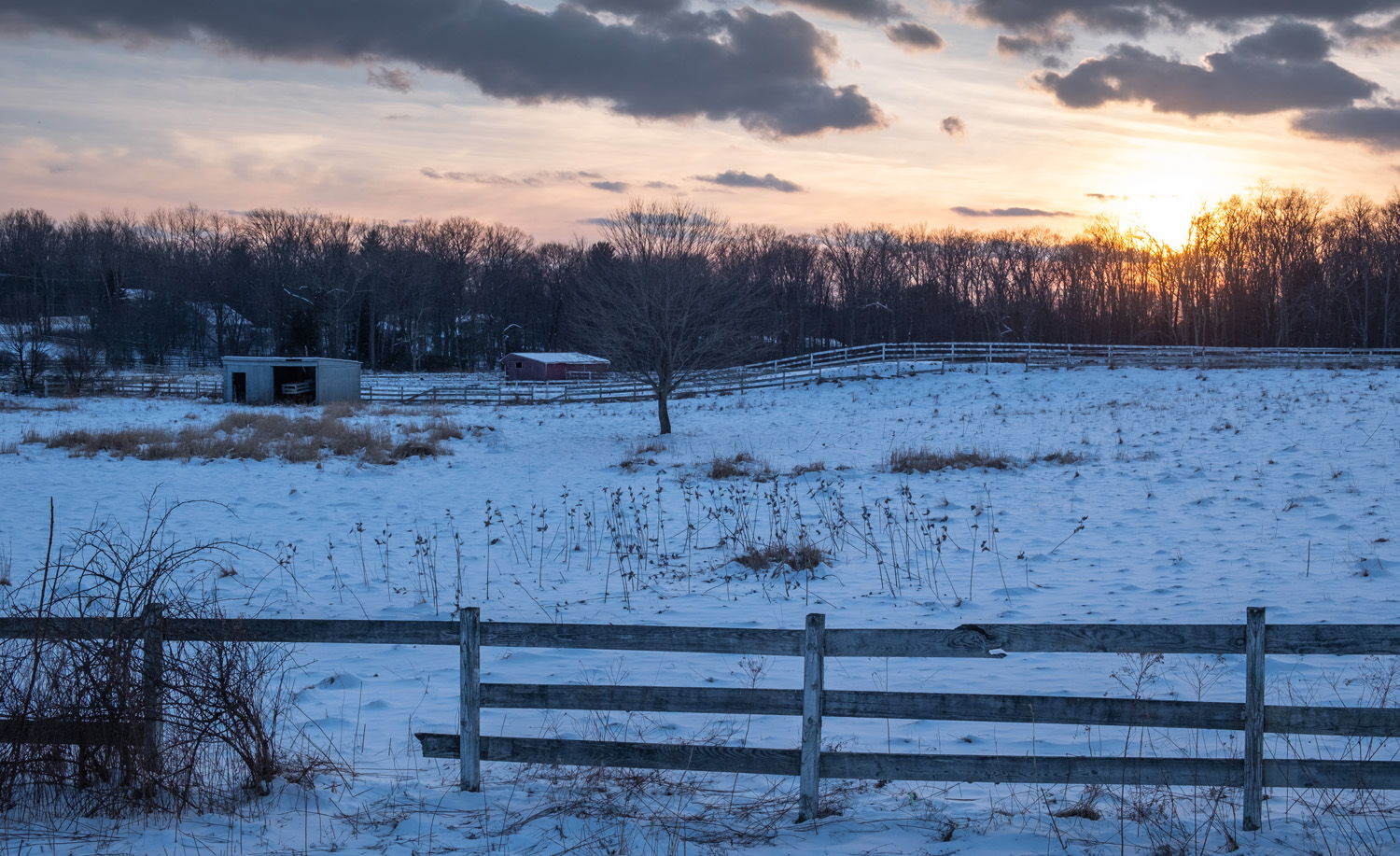
The”late adopter” strikes again.
I had been interested in the Fujifilm XE3 since it was introduced in September of 2017. I already had 2 bodies with the same sensor and processor ( the X100F and the X Pro 2) and couldn’t justify the introductory price. So I bided my time.
Several months back, a deal was offered on the XE3 in this case bundled with the XF23mm f2.0 lens and I finally gave in. The new camera was meant to replace my previous small bodied interchangeable lens camera, the X-T10 for one with the same image quality and controls which I have grown accustomed to on my other bodies. I’ve been shooting enough now that I have some thoughts on where this camera and lens fit in, at least in my workflow.
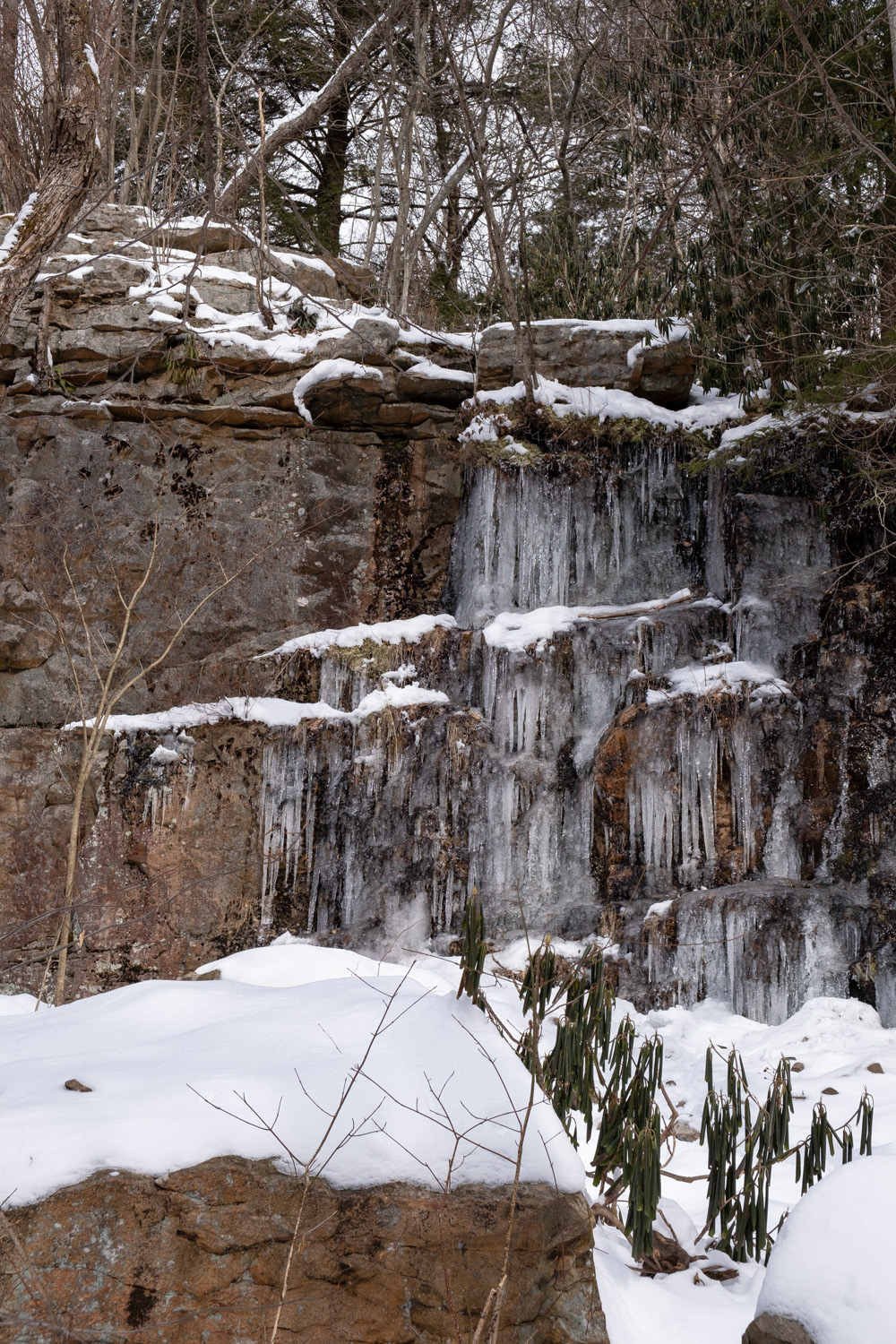
This is not meant as a technical review , for this equipment has been out a long time, and there are many
The XE# is really small. It is certainly smaller than its predecessor, the XE2, thanks in part to the loss of the directional pad, and some of the external buttons functions are taken up by a touch screen.
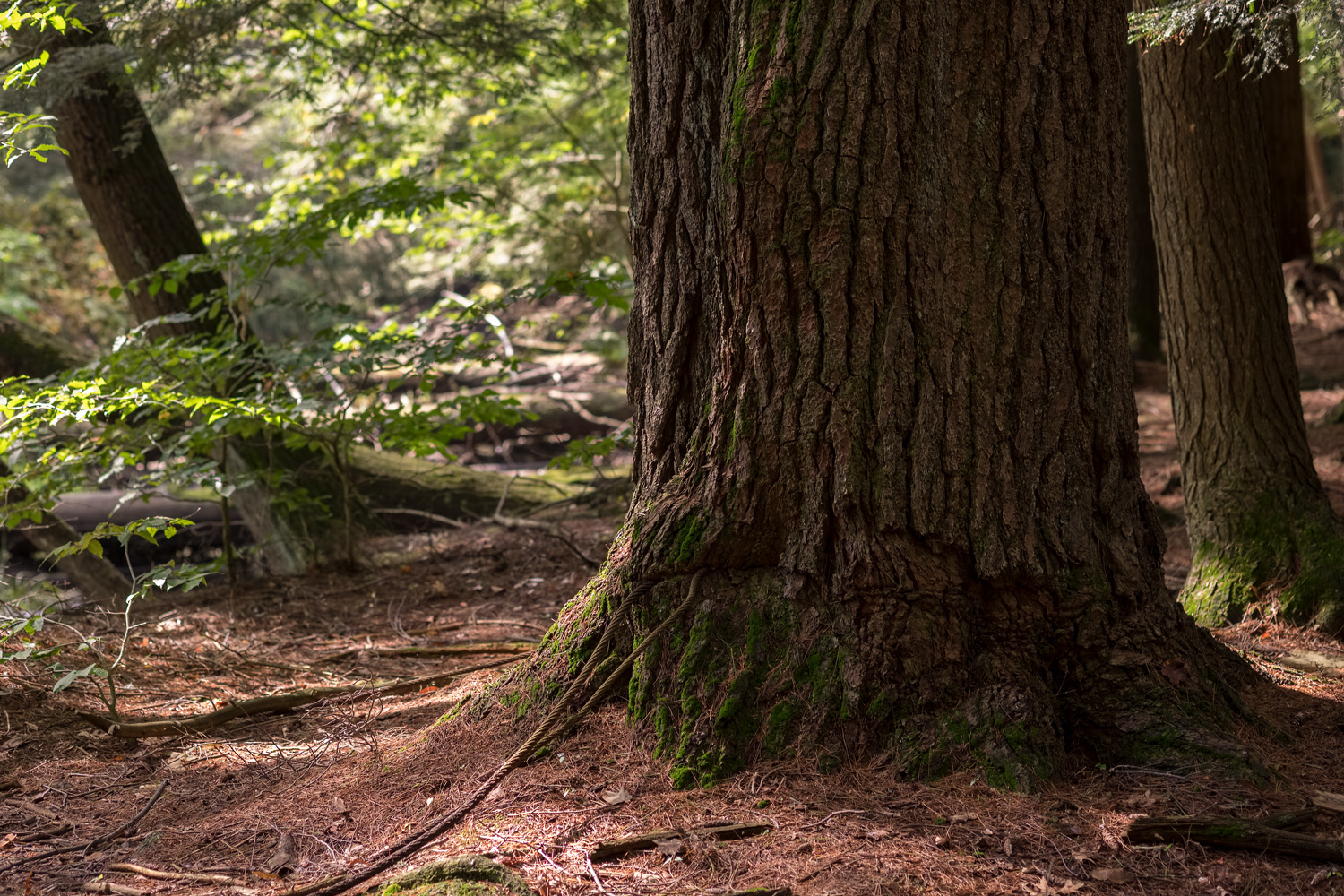
With the 23mm lens mounted, the combination is quite compact though not as much so is my X100F. But like that camera, it is discreet and non-threatening, and I think another good choice for street shooting. Though not quite as sturdy in feel as the fully weatherproofed X Pro 2, it definitely feels substantial, and “part of the family”.
It has a very adequate electronic viewfinder with the usual features. There is a new icon on the screen however signaling the functioning of the touchscreen, which can be turned off, turn on fully, or to avoid being activated by one’s nose, activated on one side only. So far I’ve tended to keep it off as it’s reasonably easy to unintentionally trigger a camera function. But the screen is fully customizable as are the other buttons and dials on the camera. I may yet turn it back on.

In keeping with its status as a more amateur/enthusiast product, it carries a switch on its top plate, offering to move the camera into an “auto” mode. This switch can be inadvertently triggered, likely changing the settings and format you have chosen (it has happened to me). I should probably use some gaffers tape to keep it from moving.
The camera is quick and responsive, it seems to have autofocus performance certainly similar to my X Pro 2. In fact with a joystick, it shoots pretty much like a miniature version of the camera. And with the same sensor and processor, it has the same image quality.
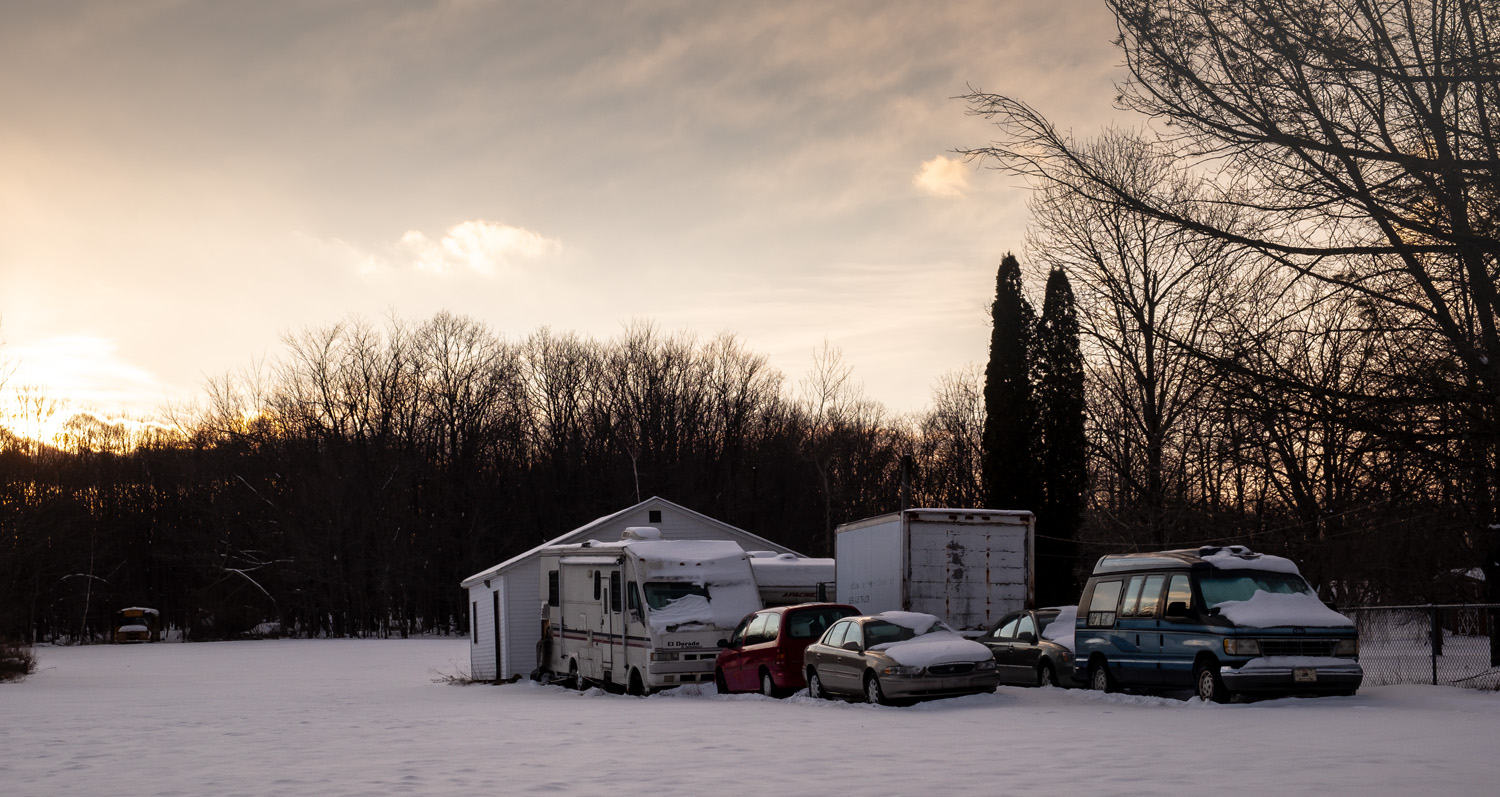
A new feature of this camera is Bluetooth. This allows you to connect for control from your cell phone in a matter that is less battery intensive than the Wi-Fi connection used in previous cameras. I’ve played with this a bit and it seems to work well. Using my phone’s display helps to make up for the fixed rear screen of the camera.
The XF 23 mm f2.0 WP is a small compact lens, fairly well built with a small sun shield, which hugs the front element. The small lens cap either fits on the filter threads of the lens or the orifice of the sun shield. The focus ring moves smoothly, and the overall impression of quality is high. Though I have done no formal testing on the lens, I had been shooting some casual landscapes with it, and so far it seems to be very sharp. I know from MTF testing published elsewhere, that the lens outperforms the lens in the X100 series, and stands up well to the significantly larger 23 mm f1.4 version that has become one of my favorite optics in the XF series.
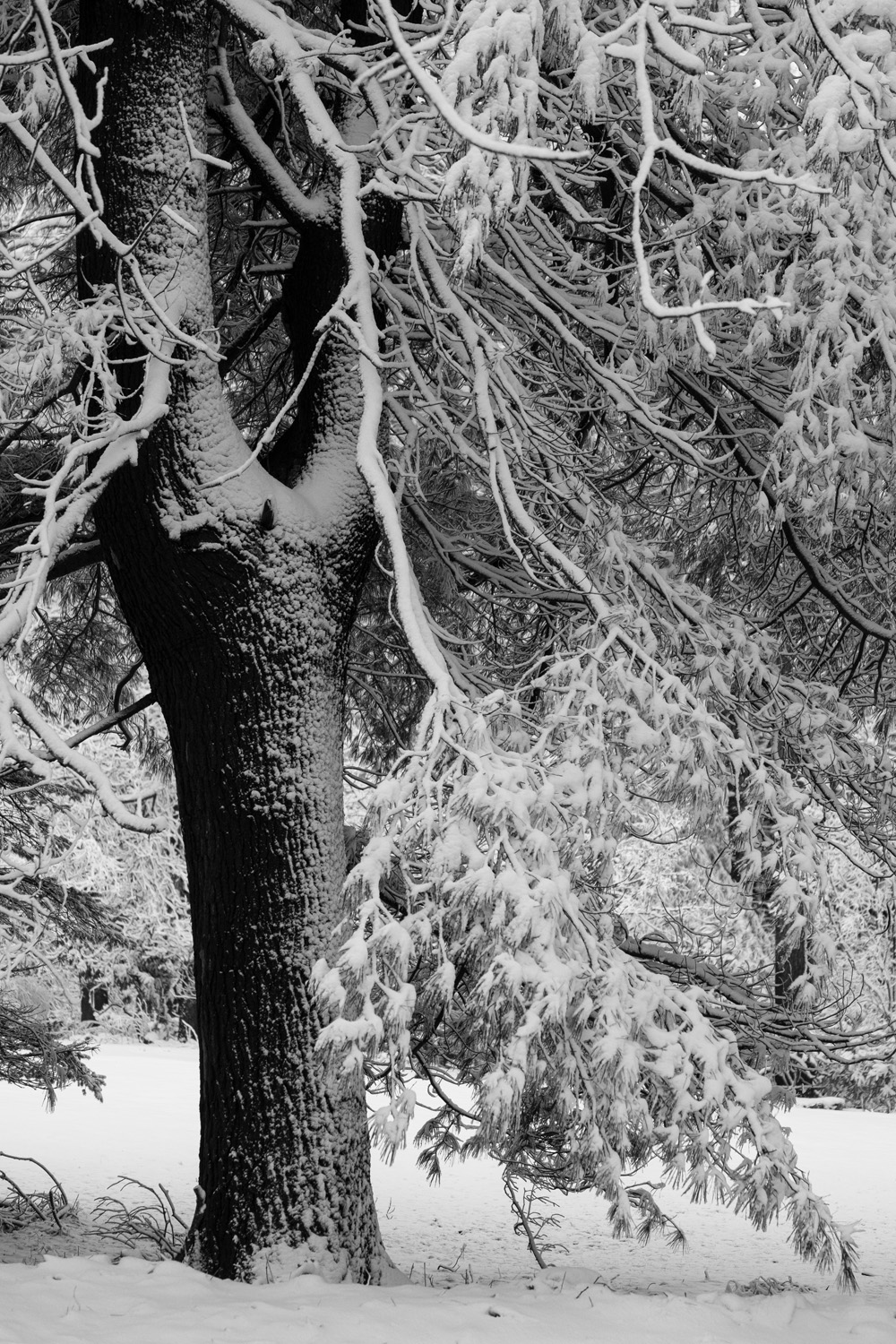
In fact, this camera and lens combination really begs the question as to why I need an X100 series camera. Though this combination is larger than the fixed lens X100, I’m not sure the size difference is significant. The other main difference would be the X100’s optical/electronic viewfinder but I’ve rarely if ever use the optical feature so this is somewhat lost on me.
Now some of you are probably thinking: why should I buy the XE3 when there is a new generation of Fujifilm products, with a new sensor and processor being introduced. Well maybe, because the new hardware brings only slightly improved resolution and dynamic range over those products I currently own.

As I’ve written elsewhere I’m starting to think that cameras in general and Fujifilm products, in particular, are reaching a point where further improvement to the basic technology is slowing. If I am right, it probably makes sense, at least in terms of cost/benefit ratio, to buy equipment one series behind, so to pick up bargains.
We’ll see how long I stick to that idea.

